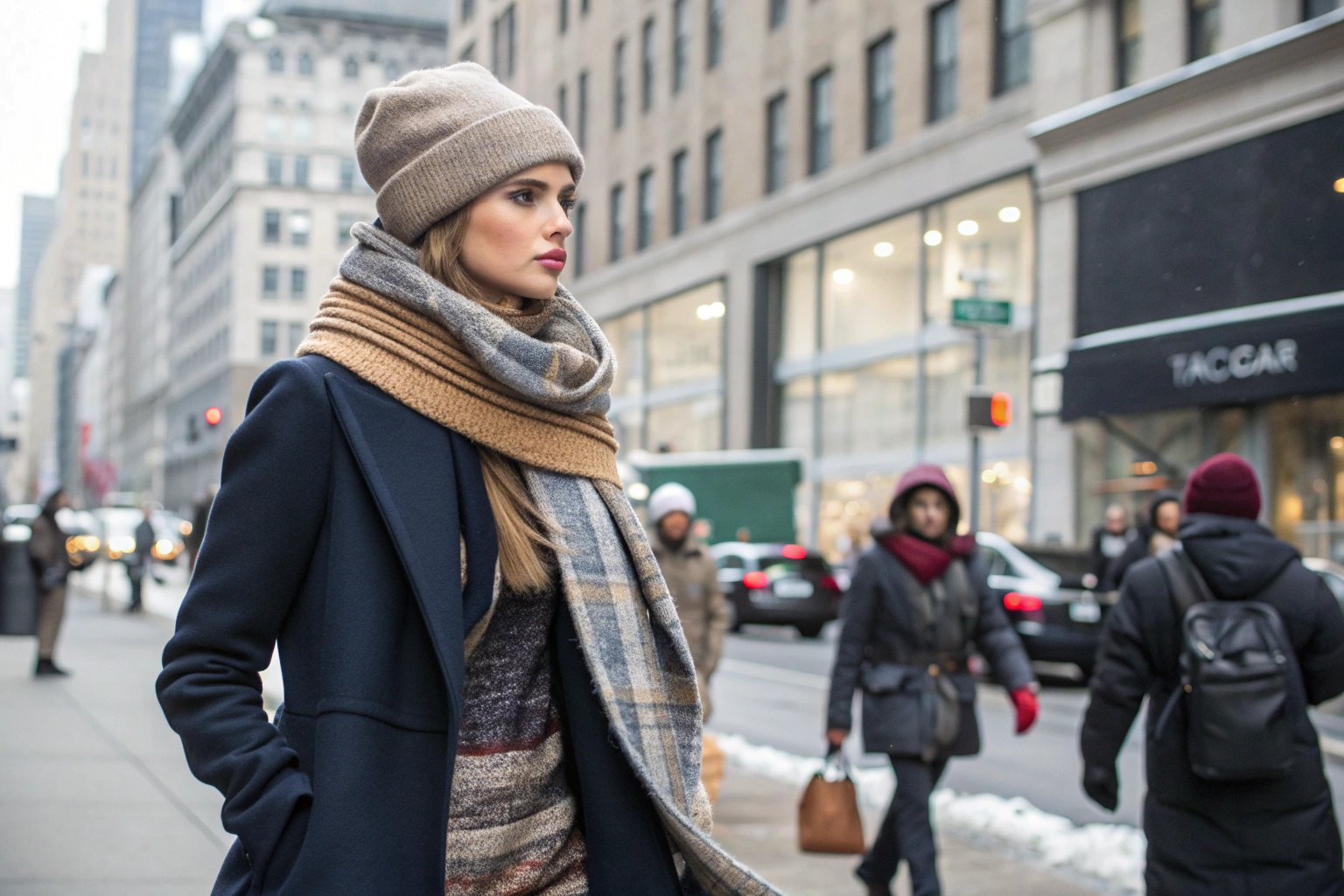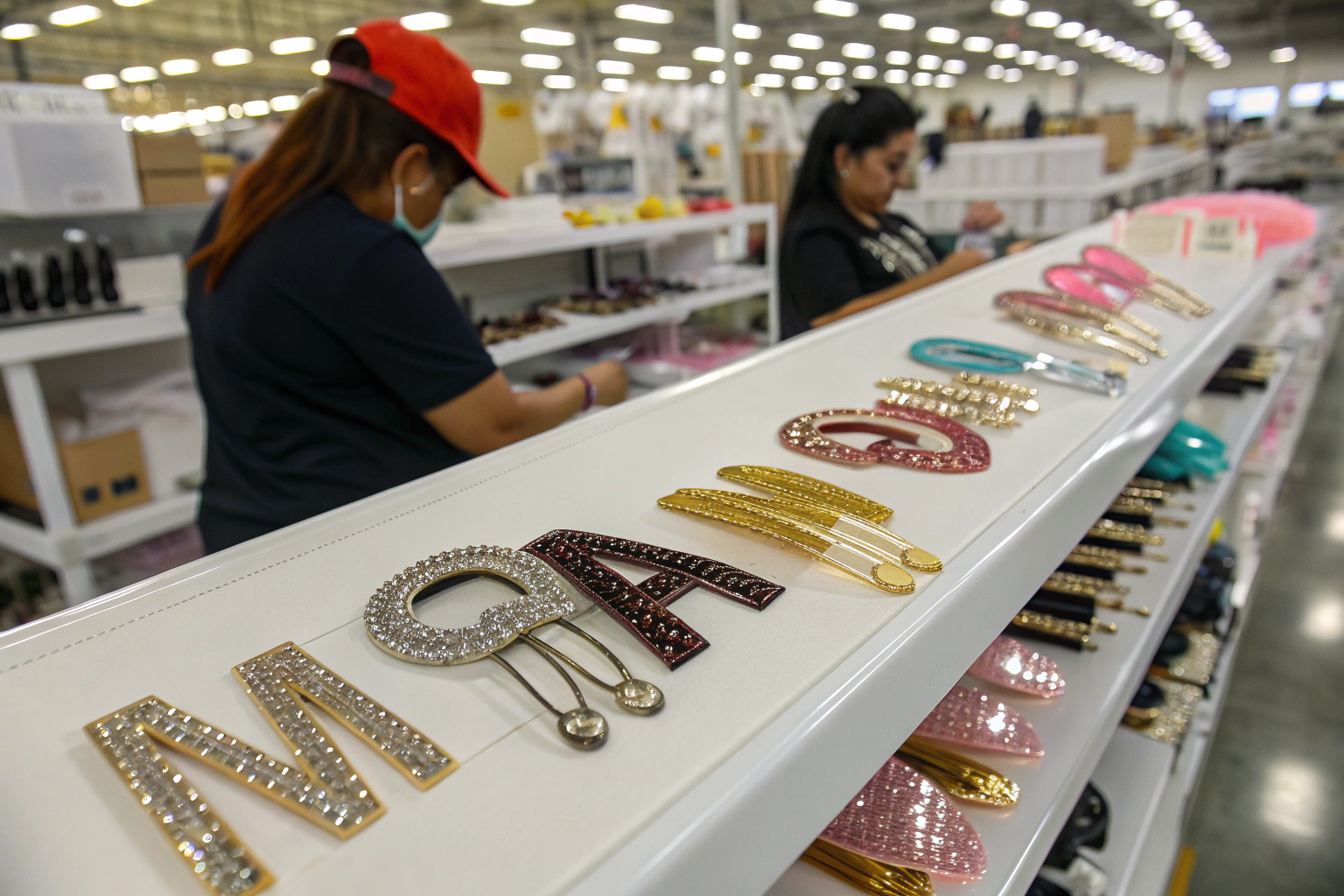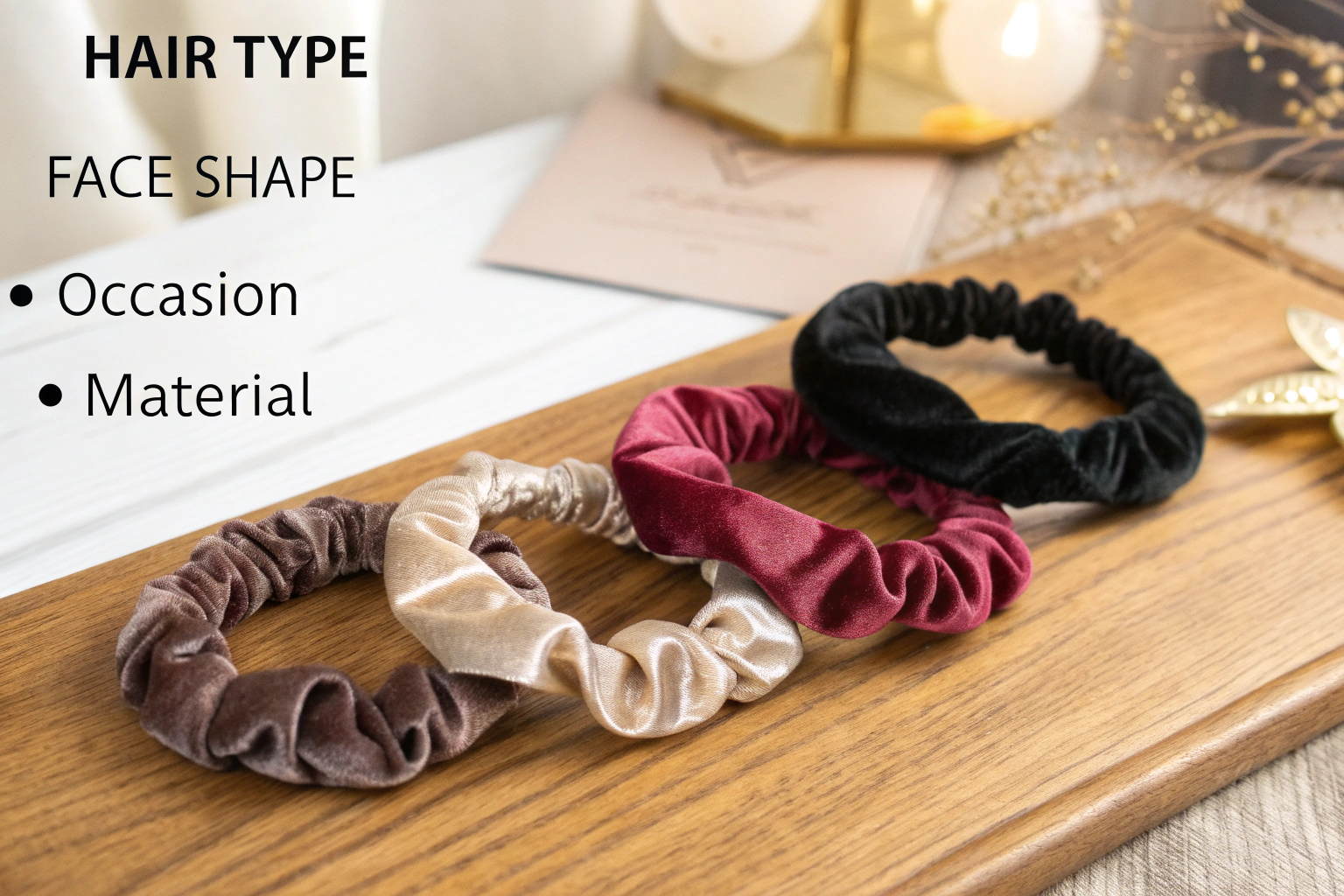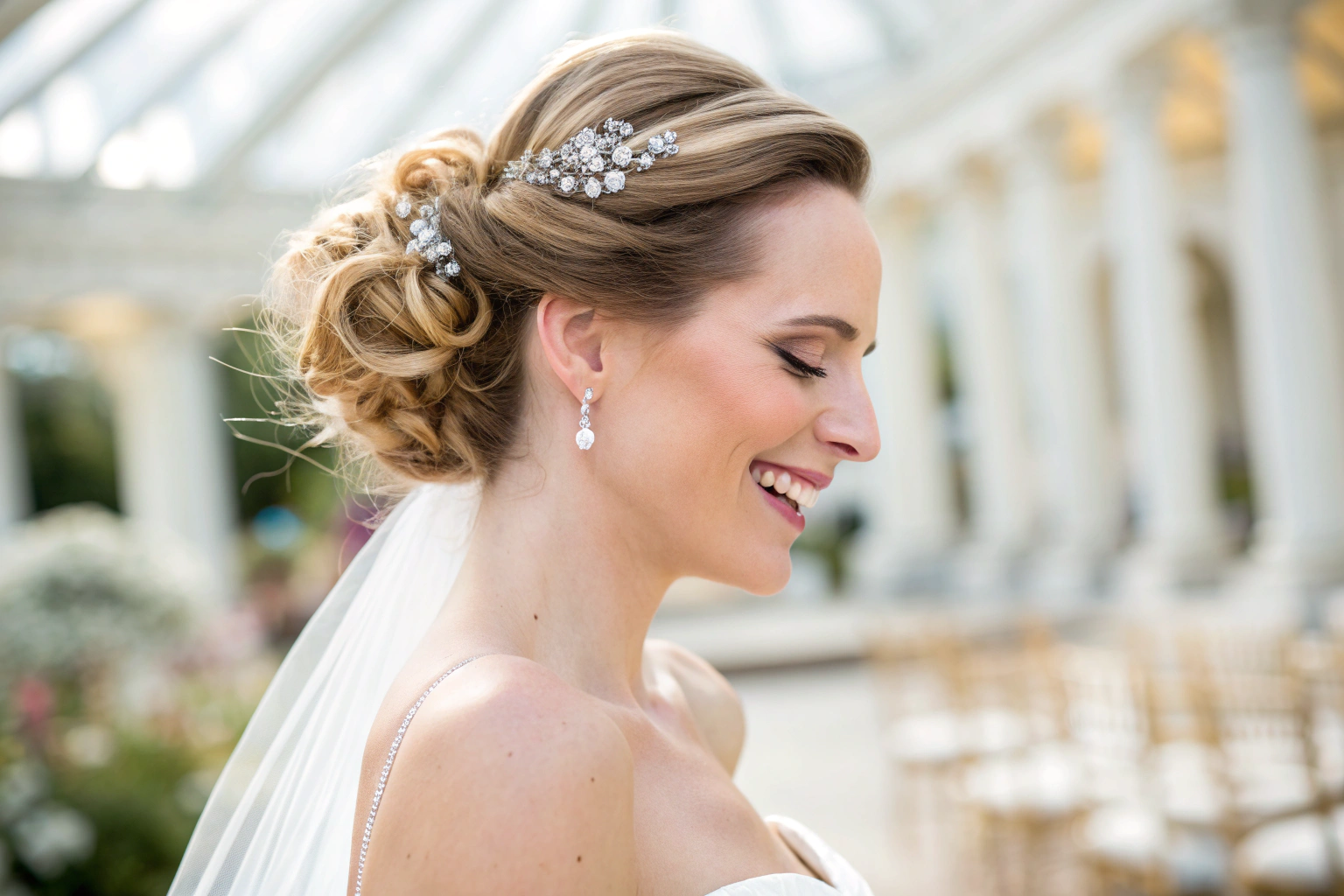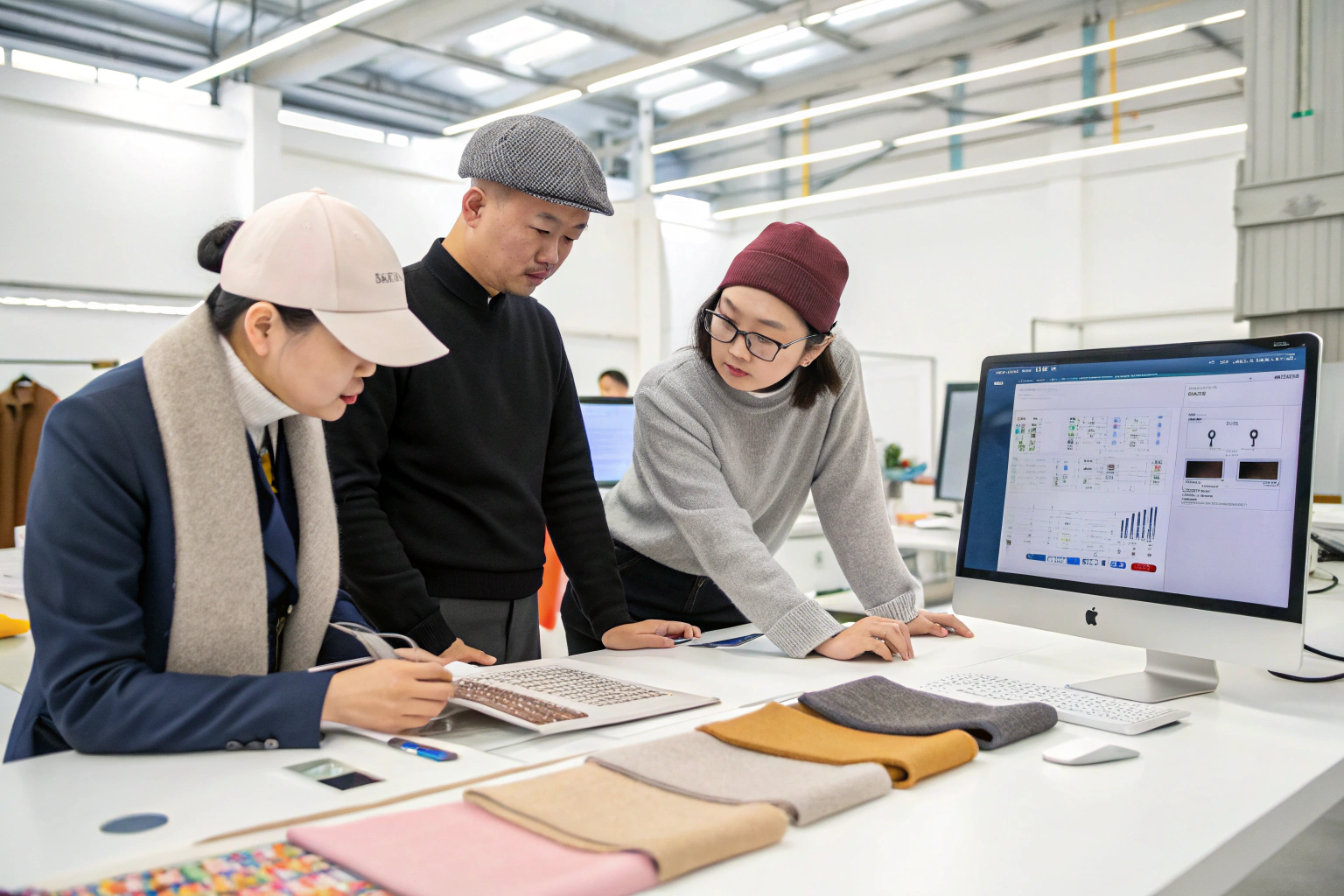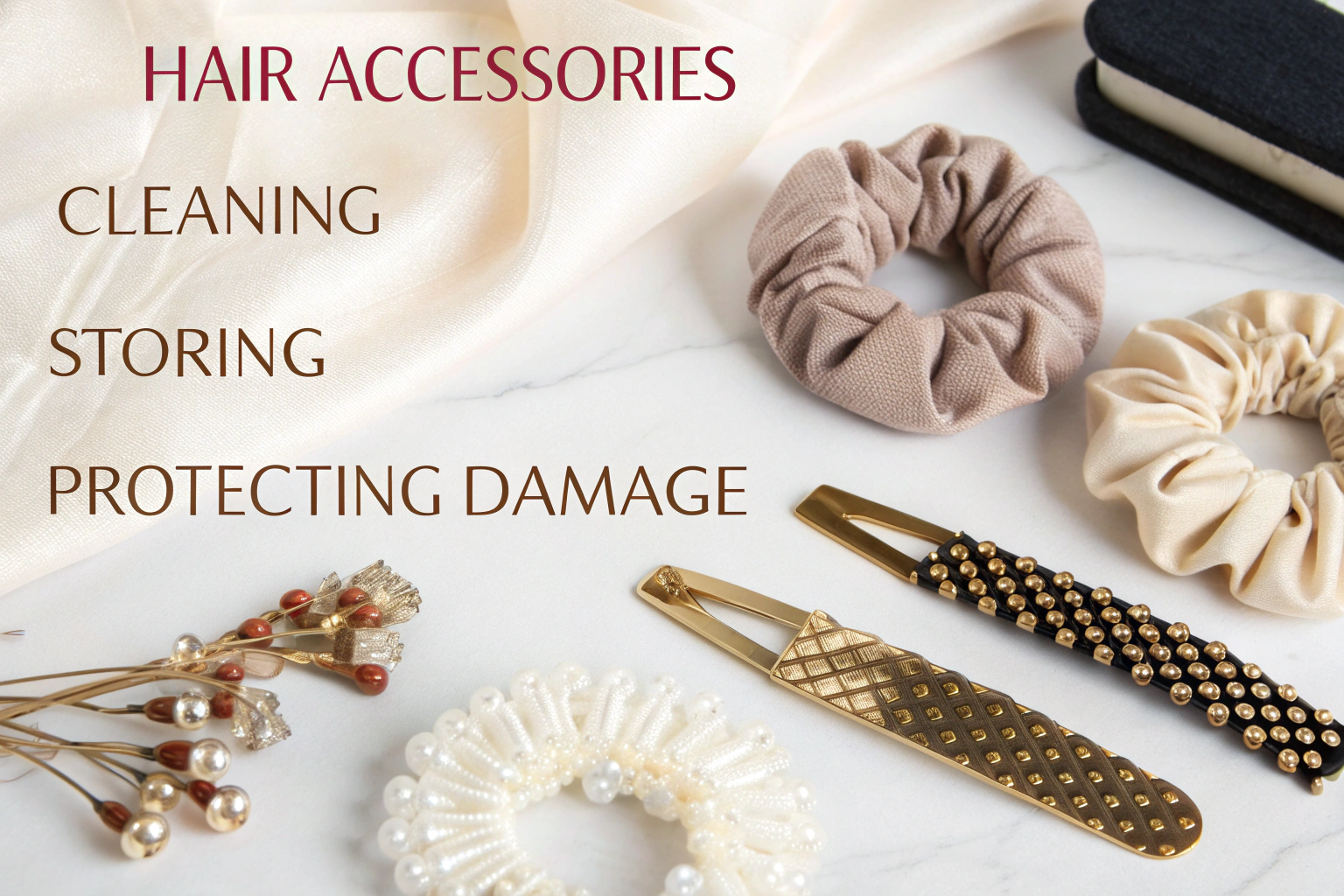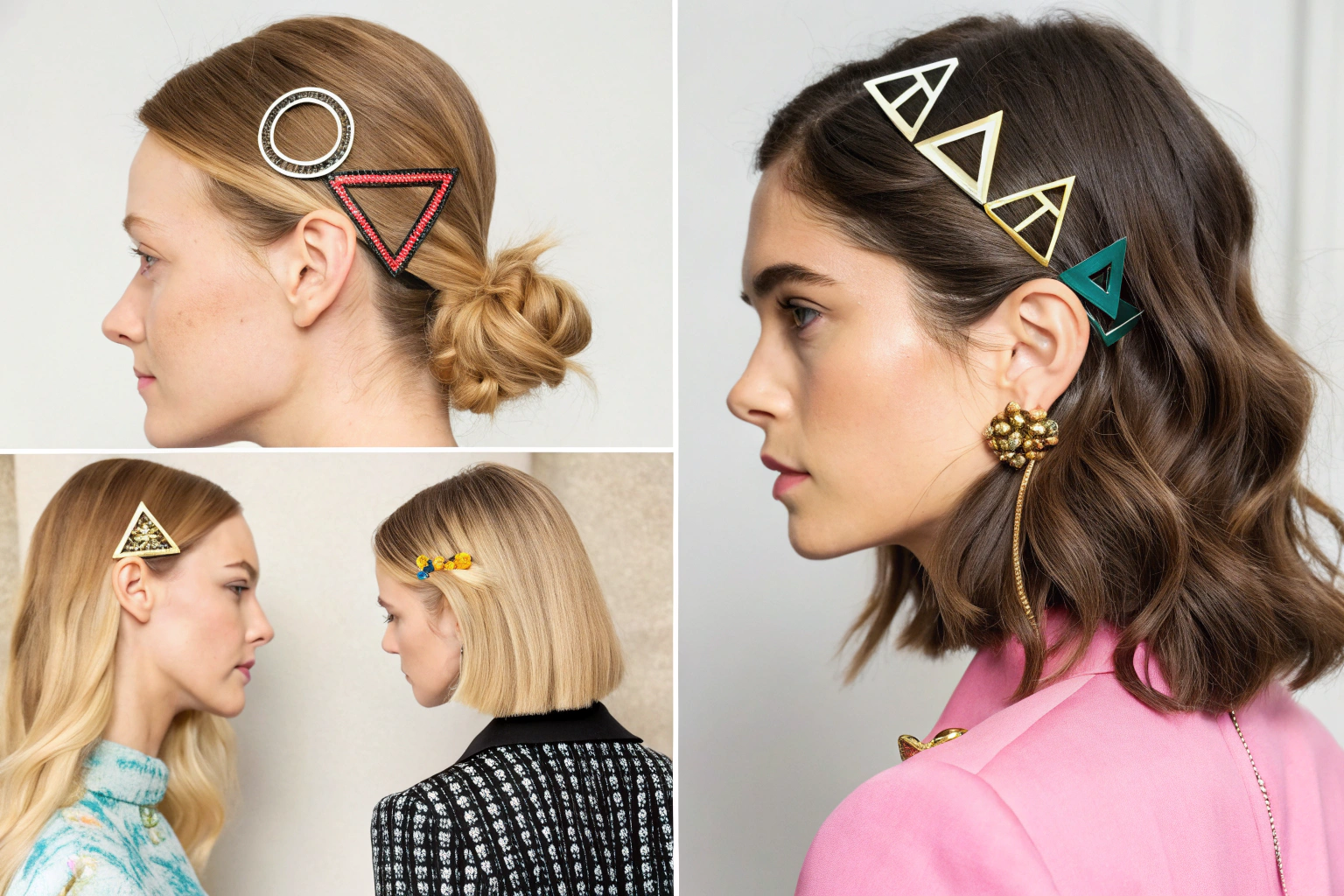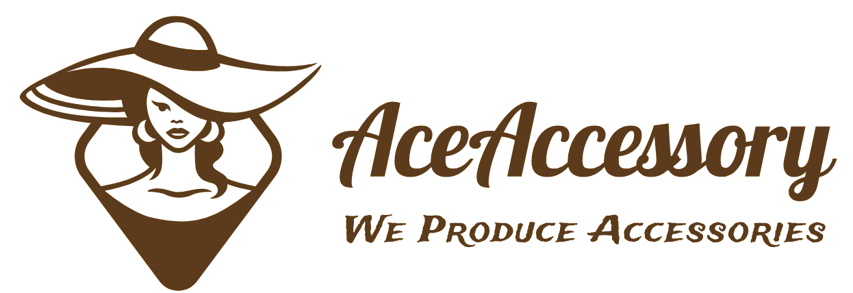As the owner of AceAccessory, a leading manufacturer of fashion accessories in China, I've seen firsthand how the right winter accessory can elevate an outfit and a business's bottom line. Every year, brands and retailers face the challenge of creating winter collections that are not only stylish but also functional and profitable. The process involves much more than just a good idea; it requires a deep understanding of materials, market demands, and manufacturing realities.
Designing successful winter accessories requires a strategic focus on four key areas: material selection for warmth and durability, balancing aesthetic trends with timeless appeal, ensuring functional design for real-world use, and meticulous production planning for quality and efficiency. Getting these elements right is what separates best-selling products from the rest. This holistic approach ensures the final product meets consumer expectations for style, comfort, and performance, while also fulfilling the business needs of our clients.
Let's dive into the specific considerations that can make or break your next winter accessory line.
How to Select the Right Materials for Winter Warmth?
Choosing the wrong material is one of the fastest ways to doom a winter accessory. Customers expect their scarves, hats, and gloves to provide genuine warmth and comfort against harsh conditions. The selection process must balance insulation properties, softness, durability, and cost-effectiveness to meet both performance and price point expectations.
The right materials provide essential insulation, breathability, and comfort. For knit hats and scarves, high-quality acrylic blends, wool, and cashmere are top choices for their warmth and softness. For items like gloves, technical fabrics that offer water resistance are crucial. The key is to match the material to the accessory's purpose. A fashion-focused beanie might prioritize a luxurious feel, while a performance-oriented ski glove requires advanced, functional textiles. Our design team specializes in sourcing the optimal fabrics that align with your brand's target market and price point, ensuring your products deliver on their promise.

What Are the Best Insulating Fabrics for Scarves and Hats?
When it comes to insulation, not all fabrics are created equal. Natural fibers like merino wool are exceptional for temperature regulation and moisture-wicking, making them ideal for active wear. However, modern synthetic fibers like high-density acrylics can offer superb warmth and color retention at a more accessible price point, which is a significant advantage for large-scale retailers. The choice often depends on the brand's positioning. A luxury brand might opt for a cashmere blend for its unmatched softness, while a major supermarket chain would benefit from a high-quality, hypoallergenic acrylic that provides warmth and is easy to care for. We guide our clients through these choices, providing samples and data on the performance of different materials to inform their final decision.
How Does Material Choice Impact Durability and Care?
Durability is a major concern for both brands and consumers. A scarf that pills after one season or a glove that loses its shape reflects poorly on the brand. Material choice directly impacts the product's lifespan and care instructions. For instance, a blend of polyester and wool can enhance a hat's durability and make it machine-washable, a highly desirable feature for everyday accessories. We prioritize materials that maintain their integrity through wear and tear. Furthermore, understanding international safety and quality standards, such as those for OEKO-TEX certification, is part of our process. This ensures the materials are not only durable but also safe and compliant for the North American and European markets, giving our clients peace of mind.
How to Balance Fashion Trends with Timeless Style?
Chasing every fleeting trend is a recipe for inventory headaches. The most successful winter accessory lines strike a careful balance between incorporating current fashion trends and maintaining a foundation of classic, timeless styles that sell year after year. This strategy maximizes appeal while minimizing financial risk.
The goal is to create a collection that feels fresh but not faddish. This means integrating trendy colors or textures—like a seasonal Pantone color or a popular cable knit pattern—into classic silhouettes. A timeless rib-knit beanie can be updated with this year's hottest color, making it both trendy and versatile. Our in-house design team stays ahead of global fashion trends from New York to Paris, providing clients with market intelligence that informs our collaborative design process. This allows us to develop accessories that are commercially viable and have a longer shelf life, protecting your investment.

What Classic Winter Accessory Styles Have the Longest Lifespan?
Certain styles are perennial bestsellers. The classic ribbed knit beanie, the faux fur-lined trapper hat, the infinity scarf, and the touchscreen-compatible leather glove are examples of staples with consistent demand. These items form the backbone of a solid winter accessories collection. Their designs are proven and trusted by consumers. By focusing on these core products, brands can ensure a stable sales base. We help our clients identify these evergreen styles and then refine them with superior craftsmanship and material choices, ensuring their classic pieces stand out in a competitive market through exceptional quality and attention to detail.
How to Effectively Incorporate Seasonal Color Trends?
Color is one of the most powerful tools for making a collection feel current. The key is not to overhaul your entire line, but to use color strategically. We advise clients to adopt a core palette of neutral colors (black, grey, navy, cream) that always sell well, and then introduce a few accent colors based on authoritative forecasts from sources like the Pantone Color Institute. For example, a "Color of the Year" can be featured in a specific scarf or hat style to generate excitement without overwhelming the core collection. This approach allows for smaller, more manageable production runs of trend-led items while maintaining high-volume production of your classic bestsellers, optimizing your inventory and reducing risk.
What Functional Features Do Consumers Demand?
Today's consumers expect more than just aesthetics; they demand functionality that fits their lifestyle. An accessory must solve a problem or enhance an experience. For winter accessories, this means focusing on practical features that provide real value, from commuting in the city to enjoying outdoor recreational activities.
Functional features are what transform a good product into a great one. For the busy professional, this might mean gloves with capacitive fingertips that allow smartphone use without exposure to the cold. For the outdoor enthusiast, it could be a scarf with a wind-proof lining or a hat with a moisture-wicking inner band. We work closely with our clients to identify the end-user's daily life and pain points, integrating solutions directly into the design. Our rapid development process allows us to quickly prototype and test these features, ensuring they are both practical and cost-effective to manufacture at scale.

Why is Touchscreen Compatibility Essential for Modern Gloves?
In our connected world, the inability to use a smartphone while wearing gloves is a significant inconvenience. Touchscreen compatibility has shifted from a novelty to a standard expectation for gloves. This feature is achieved by weaving conductive materials, such as silver or copper thread, into the fingertips. From a manufacturing standpoint, it's a simple addition that dramatically increases the product's usability and perceived value. We ensure this feature is integrated seamlessly without compromising the glove's warmth or comfort. For our clients targeting the mass market, this is a non-negotiable feature that can be the deciding factor for a consumer choosing your product over a competitor's.
How Can Design Enhance Comfort and Usability?
Comfort is paramount. It's defined by the fit, the feel of the material against the skin, and the ease of use. A poorly designed hat that slips off easily or a scarf with scratchy tags will not earn repeat customers. We focus on ergonomic designs—for example, creating knit hats with a deeper fit to cover the ears fully or designing scarves with tapered ends for easier styling. Small details matter: using soft, printed labels instead of stitched ones, ensuring seamless construction inside gloves to prevent irritation, and adding adjustable features to items like baseball caps for a custom fit. Our quality control team meticulously checks every batch for these comfort details, guaranteeing a superior user experience that builds brand loyalty.
How to Ensure Quality and Timely Delivery?
A beautifully designed accessory means nothing if it arrives late or fails quality checks. Consistent quality and reliable delivery are the bedrock of a successful partnership between a brand and its manufacturer. They impact everything from customer satisfaction to retail planning and cash flow.
Ensuring quality and timeliness is a multi-stage process that begins at the design phase and continues through to final shipment. It requires a robust quality management system and a transparent supply chain. At AceAccessory, we have a dedicated team of project managers and QC inspectors who oversee every order from inception to delivery. We provide detailed pre-production samples for client approval and conduct in-process and final random inspections against an agreed-upon AQL standard. This proactive approach, combined with our long-standing relationships with freight forwarders, allows us to navigate logistics and customs clearance efficiently, ensuring your products reach the US or Europe on schedule.

What Does a Reliable Quality Control Process Look Like?
A reliable QC process is systematic and transparent. It starts with a clear Tech Pack and approved seal sample, establishing the gold standard for production. During manufacturing, our QC team conducts inline inspections to catch issues early. Before shipment, we perform a final random inspection, often checking hundreds of units against a checklist for dimensions, color, workmanship, function, and packaging. We provide detailed inspection reports with photos, giving our clients a clear window into the production status and final quality of their goods. This level of oversight prevents costly returns and protects our clients' brand reputation, ensuring that only products that meet our high standards—and theirs—are shipped.
How to Navigate Logistics and Avoid Tariff Issues?
Logistics and tariffs are major pain points for importers. Delayed sailing schedules and unexpected tariff costs can erase a product's profitability. Our experienced project managers are experts in international trade. We help clients choose the most efficient and cost-effective shipping methods, whether by sea or air. Crucially, our expertise in international trade law means we can accurately classify products under the Harmonized System (HS) code to ensure full compliance. For our US clients, we strategically manage the supply chain to minimize the impact of tariffs, a significant advantage in today's trading environment. We handle the entire process, from factory gate to your destination port, providing full visibility and reliability.
Conclusion
Designing successful winter accessories is a complex but manageable task when you focus on the key pillars: intelligent material selection, a balanced approach to style, a sharp focus on functionality, and an unwavering commitment to quality and delivery. Each element is interconnected, and excellence in all areas is what ultimately leads to a product that resonates with consumers and strengthens your brand.
By partnering with a manufacturer that has the expertise and infrastructure to guide you through these considerations, you can transform a great design concept into a commercial success. If you are looking for a reliable partner to produce your next line of high-quality winter accessories, from scarves and gloves to hats and beyond, we are here to help. Please feel free to reach out to our Business Director, Elaine, to discuss how we can bring your ideas to life. Her email is elaine@fumaoclothing.com.

